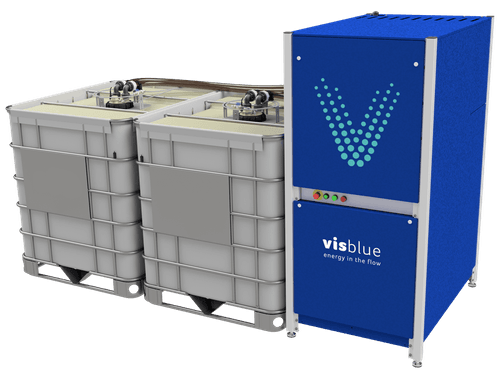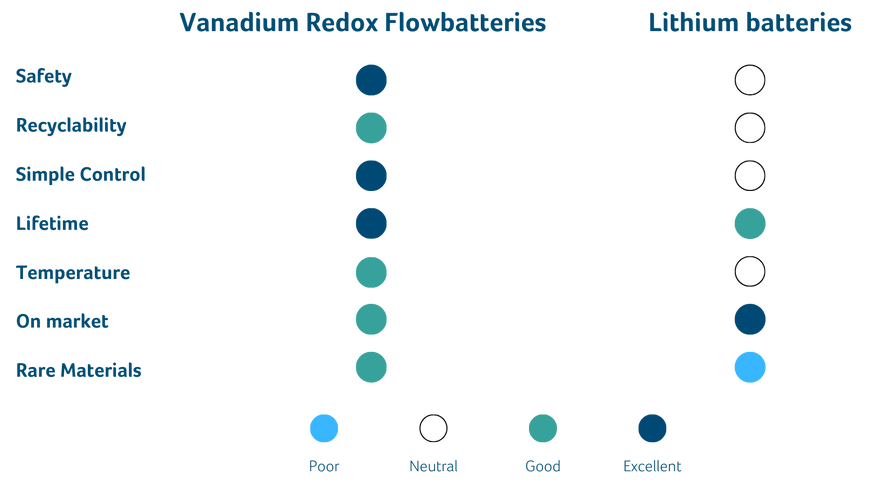
Sustainable energy storage for a world in balance
We’re on a mission to develop and manufacture sustainable batteries that enable you to store the power of Nature from your renewable energy sources and/or the grid responsibly.
This is what drives our team and what we excell at. Through our work we contribute to our vision of a stable and green grid for a world in balance.


Maximise your energy,
Save it for later.
VisFlow10
10 kW x 30-100 kWh

We’re on a mission to develop and manufacture sustainable batteries that enable you to store the power of Nature from your renewable energy sources and/or the grid responsibly.
This is what drives our team and what we excell at. Through our work we contribute to our vision of a stable and green grid for a world in balance.
VisFlow60
10-60 kW x up to 360 kWh

We’re on a mission to develop and manufacture sustainable batteries that enable you to store the power of Nature from your renewable energy sources and/or the grid responsibly.
This is what drives our team and what we excell at. Through our work we contribute to our vision of a stable and green grid for a world in balance.

Why choose a VisBlue battery?
- Scalability
- Lifespan of 20+ years
- Safety – non-flammable and non-explosive
- Sustainable product
- Maximise the use of your renewable energy sources
- Reduce carbon emissions
- Make grid purchase savings
- Intelligent monitoring and control
Spot Price Optimization
With SMARTflow, you get an intelligent battery that knows your consumption pattern and can predict the weather and prices in the electricity grid. And do you have solar cells, heat pumps, charging stations or other energy technologies, the battery will also incorporate these.
That way, you are always guaranteed the most optimal charging profile.
That is SMART.

How a flow battery works
A vanadium redox flow battery (VRFB) has two separate tanks, one containing a positive electrolyte and one negative electrolyte. Both electrolytes consist of the element vanadium dissolved in sulphuric acid, with the vanadium occurring in different oxidation states (valences).
The battery has a number of battery cells as well. Each of these cells is divided into two chambers separated by a membrane, through which the ions can pass. In each chamber there is a positive or a negative electrode. The two electrolytes are pumped through the cells on their side of the membranes.
The current from the solar panels is fed down into the cells’ electrodes, where it moves electrons from the positive to the negative electrolyte, charging the battery as the liquid flows back into the tank. During discharge, this process is then reversed.




